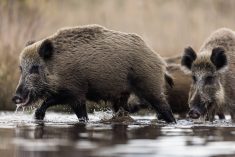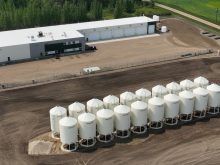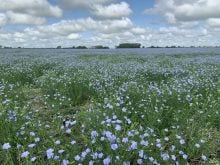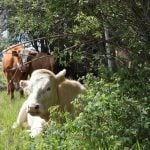Pasture forages are good sources of calcium, phosphorus and some trace minerals.
However, given the expected productivity of livestock, it’s difficult to meet all of a grazing animal’s requirements for macro and trace minerals without supplements.
“The phosphorus content of grasses and legumes is relatively high in the spring and declines as the plant matures,” said Terry Holmgren, beef specialist with Alberta Agriculture in St. Paul.
“By mid-July, the phosphorus content may be below breeding cow requirements. This may result in a phosphorus-deficient diet midway through the breeding season. Research has demonstrated that supplying phosphorus on pasture to breeding cows can increase fall pregnancy rates by 10 to 15 percent.”
Read Also
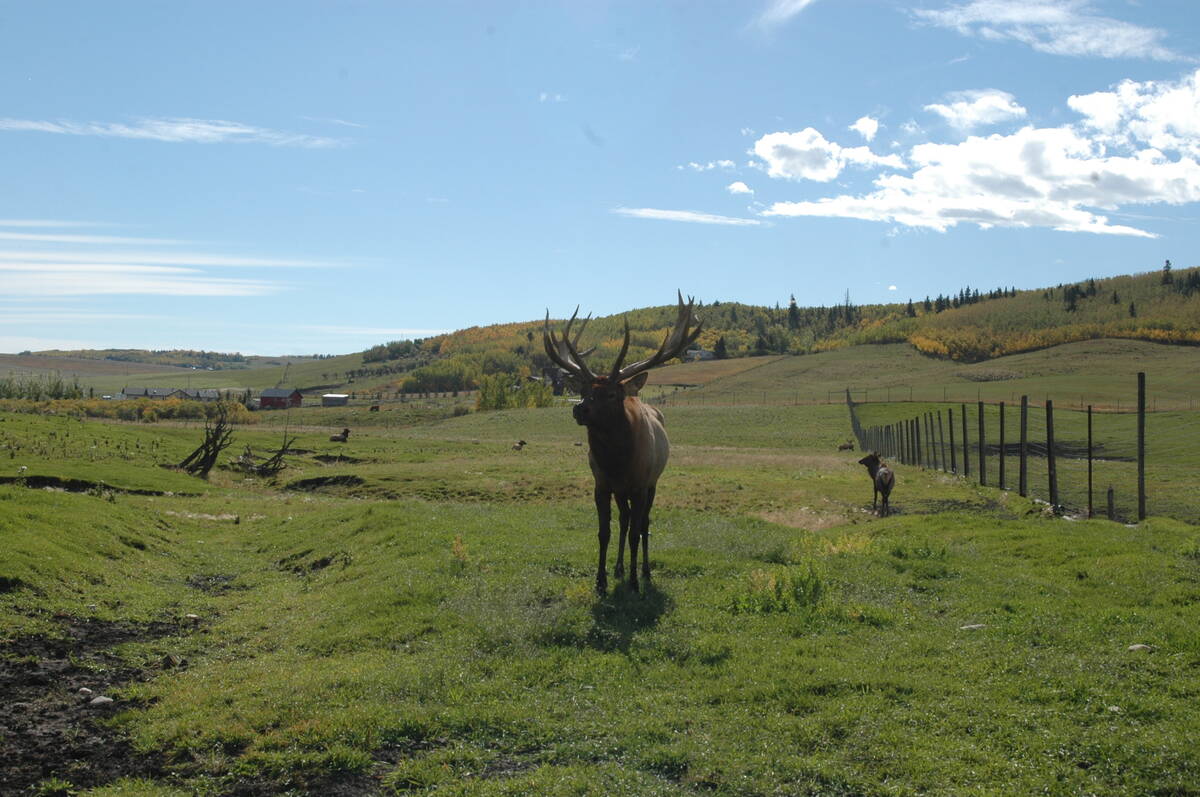
Feds propose overhaul of chronic wasting disease control program
Chronic Wasting disease control program getting updated by Canadian Food Inspection Agency with feedback encouraged from producers.
On grass or legume pasture, a mineral supplement should contain equal parts of calcium and phosphorus, often referred to as a 1:1 mineral. Range minerals also contain certain trace minerals such as copper, zinc, manganese, selenium and can be bought with or without added salt.
“Be sure to check the level of trace minerals present in a range of mineral supplements,” Holmgren said.
“Nutrient analysis of legume and grass pastures done by Alberta Agriculture’s soil and feed testing lab show that Alberta pastures may be up to 93 percent inadequate in copper, 69 percent inadequate in manganese, 94 percent inadequate in zinc and 66 percent inadequate in selenium.
“Keeping this in mind, a trace mineral supplementation program should supply up to 100 percent of an animal’s total requirements.”
Alberta Agriculture recommends target levels of 2,000 to 3,000 milligrams per kilogram of copper, 8,000 to 10,000 mg/kg of manganese, 10,000 to 12,000 mg/kg of zinc and 30 to 80 mg/kg of selenium in salt and mineral mixes.
Trace mineral salt can be added to a salt-free mineral, but don’t add salt containing selenium to a mineral already containing recommended selenium levels.
“Minerals can either contain salt or be salt free. If the mineral is salt free, adding salt to the 30 to 50 percent level will enhance consumption of the mineral,” added Holmgren.
“Adjusting the amount of salt can be used as a way to increase or decrease consumption.”
He said generally animals should consume at least 40 grams per day of range minerals, with salt added on top of this.




